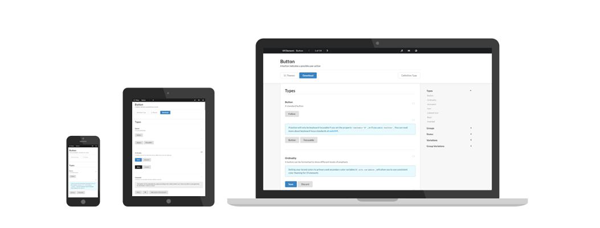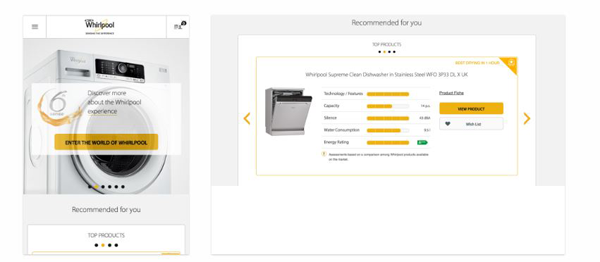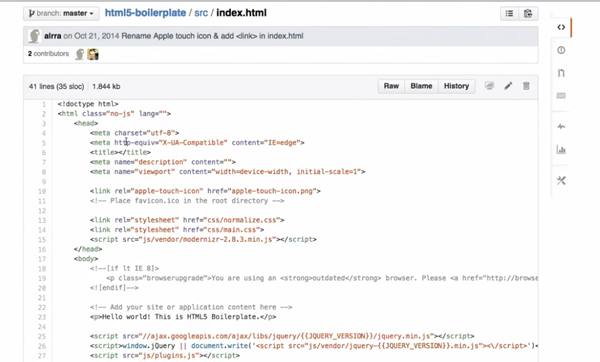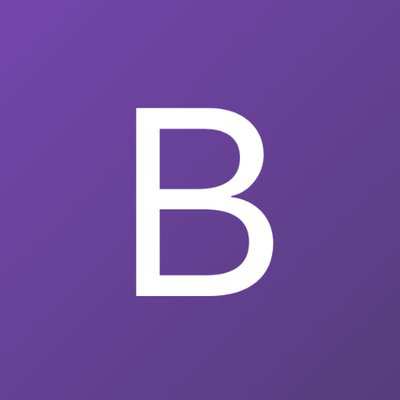Front-End Frameworks and Bootstrap Alternatives

Bootstrap took the Web by storm several years ago, as a whole generation of designers starting embracing the mobile-first and responsive demands of 'Net users.
While Bootstrap and its many framework alternatives have their proponents and opponents, one thing is clear, designers demand greater control, and today's design opportunities provide just that.
There are many alternatives to Bootstrap however, and designers looking for alternatives have come to the right place.
Take a look at some of the more popular bootstrap alternatives, some frameworks and some not, powerful enough to serve as the HTML and CSS foundation of digital initiatives.
Semantic UI is a relatively new development framework for creating responsive layouts but it's a rather powerful one. The framework offers up concise HTML, intuitive JavaScript, and simplified debugging among other features and is increasingly popular with designers not afraid to get their digital hands dirty with some coding.

Foundation is arguably the leading responsive front-end framework (for both sites and email) and for good reason - it's semantic, readable, flexible, and totally and completely customizable. What's even better is that new resources and code snippets are continually being added - including templates.

HTML5 Boilerplate is one of the most popular Bootstrap alternatives for those looking to build Web apps or websites. The front end-template has numerous useful features and benefits, including being designed with progressive enhancement in mind, including special Apache Server Configs that improve performance and security, as well as an optimized version of Google Universal Analytics snippet and much more.

Semantic UI, Foundation and HTML5 Boilerplate are well respected in the design community but these are just three of the solutions that designers can consider. Comparable and equally powerful offerings include UIkit and ArtDesign. There are also several front-end responsive development frameworks focused on material design including Material Design Lite and Materialize that can provide designers an opportunity to roll out Web apps and websites quickly and easily.
It's becoming clear that designers are avoiding pricey and often overly complicated software offerings in favor of a less is more approach.

Subscribe to Our Newsletter!
Latest in Marketing








